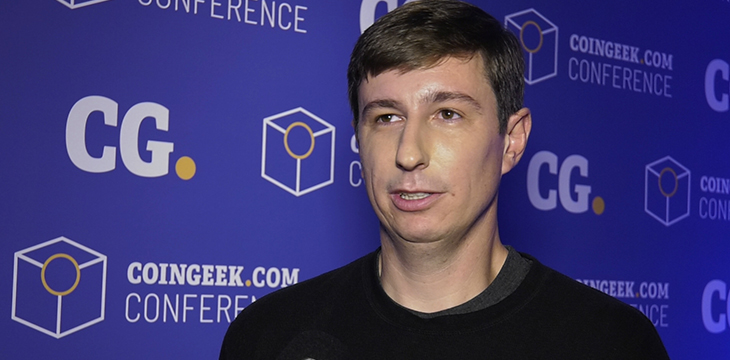|
Getting your Trinity Audio player ready...
|
CoinGeek’s Becky Liggero got to speak with Memo.cash founder Jason Chavannes on the potential of decentralized social networks.
According to Memo.cash founder Jason Chavannes, one disadvantage of websites like Craigslist is that accounts aren’t connected to an actual person. “[I]t’s basically like a bulletin board where you can post things for sale locally. But there’s some problems with it. People get scammed a lot, and a lot of this is basically because it’s anonymous,” he said.
Chavannes sees the same mechanism for advertising applied to the blockchain through Memo and make for more trustworthy transactions. “[H]aving single online identity, it reinforces the trust aspect so much more. Because anything you do on any service is now linked to your permanent identity, so you could build something like that into Craigslist,” he said.
Memo first came about a year ago, utilizing Bitcoin Cash to create online connections. Chavannes said he had been considering a decentralized on-chain social network for some time before that. “I knew that the blockchain had the potential to serve that [social networking purpose], because trying to create your own network… it’s hard to keep it alive, and the blockchain is already an existing network that you can just rely on being there. So it was a natural use of it. But then the [BTC] blockchain obviously couldn’t handle this because they don’t want any transactions, let alone crazy, large social media-level transactions.”
Unlike BTC, Bitcoin Cash allowed for larger blocks, which Chavannes took as a signal to start Memo. “It was like, ‘Alright, now’s the time to execute,’” he narrated.
Memo works similar to Facebook or Twitter, but activity such as posting involves a transaction on the chain. Fellow users then award posts by Satoshi units, or one-hundred millionth of a coin.
Now, in the wake of the November 2018 Bitcoin Cash hard fork, Memo has been enabled for Bitcoin SV, the only cryptocurrency remaining true to the Nakamoto whitepaper. More data could be encoded through the OP_RETURN function than ever before, allowing for a greater variety of content that users can share.
Chavannes said the Memo network was still at its early stages, but that “in the long run, as the network grows, it can be used across multiple sites. There’s already multiple social networks that are using the same-based protocol, so now when you sign up for Instagram or whatever, you don’t have any connections. You have to start from scratch over again. With Memo, you can now have all these social networks linked together so that when you sign up to a new one, you take all of your connections with you.”

 12-29-2025
12-29-2025 




